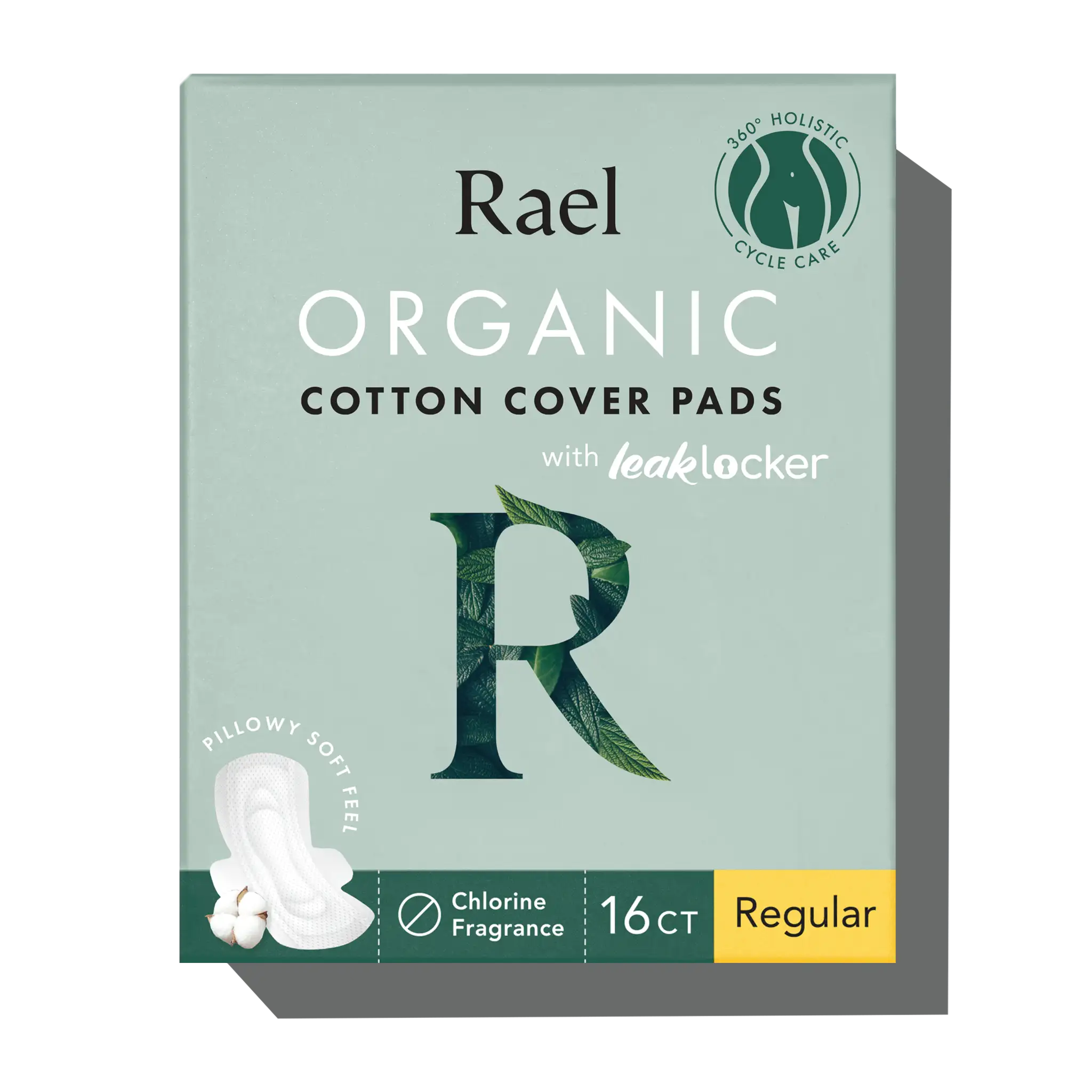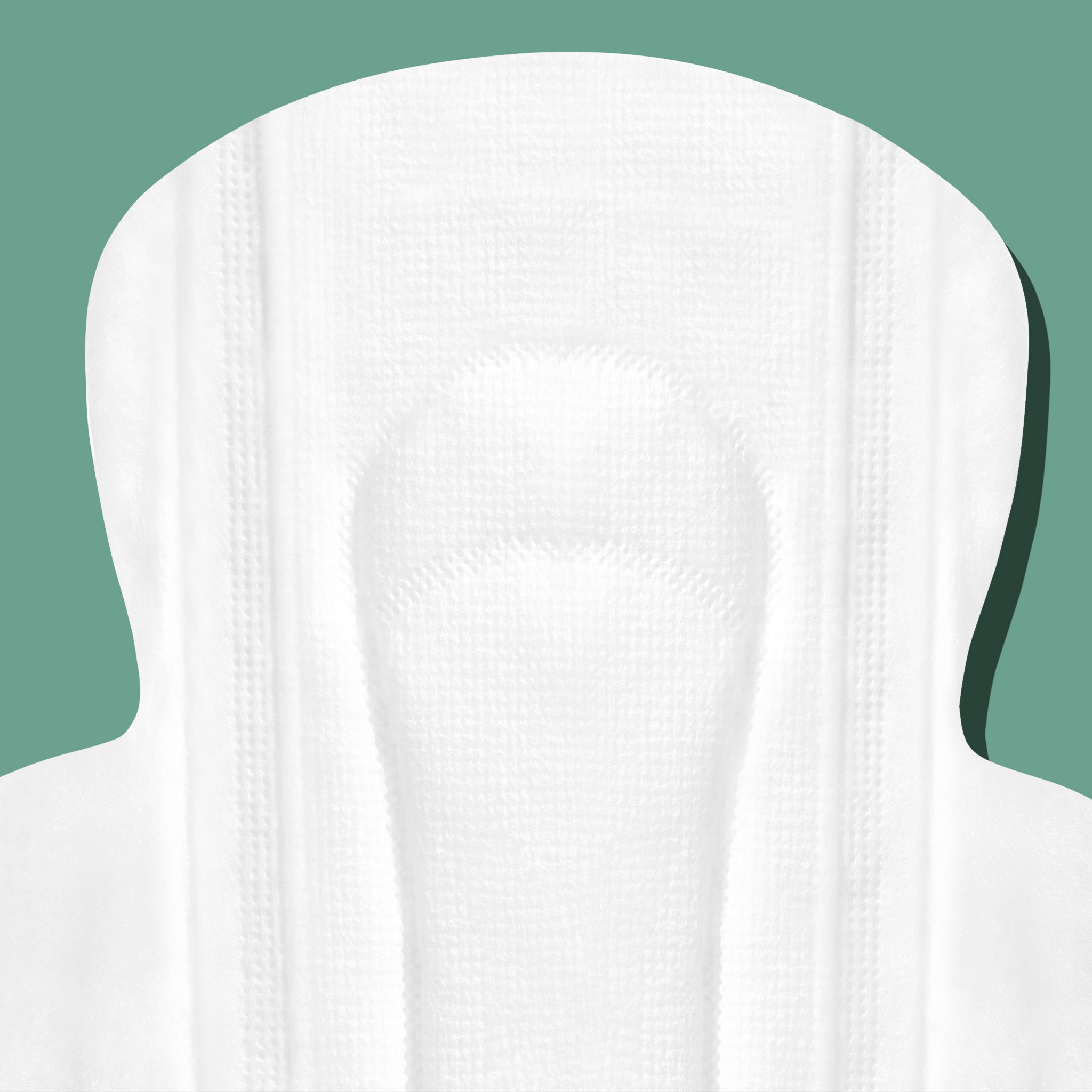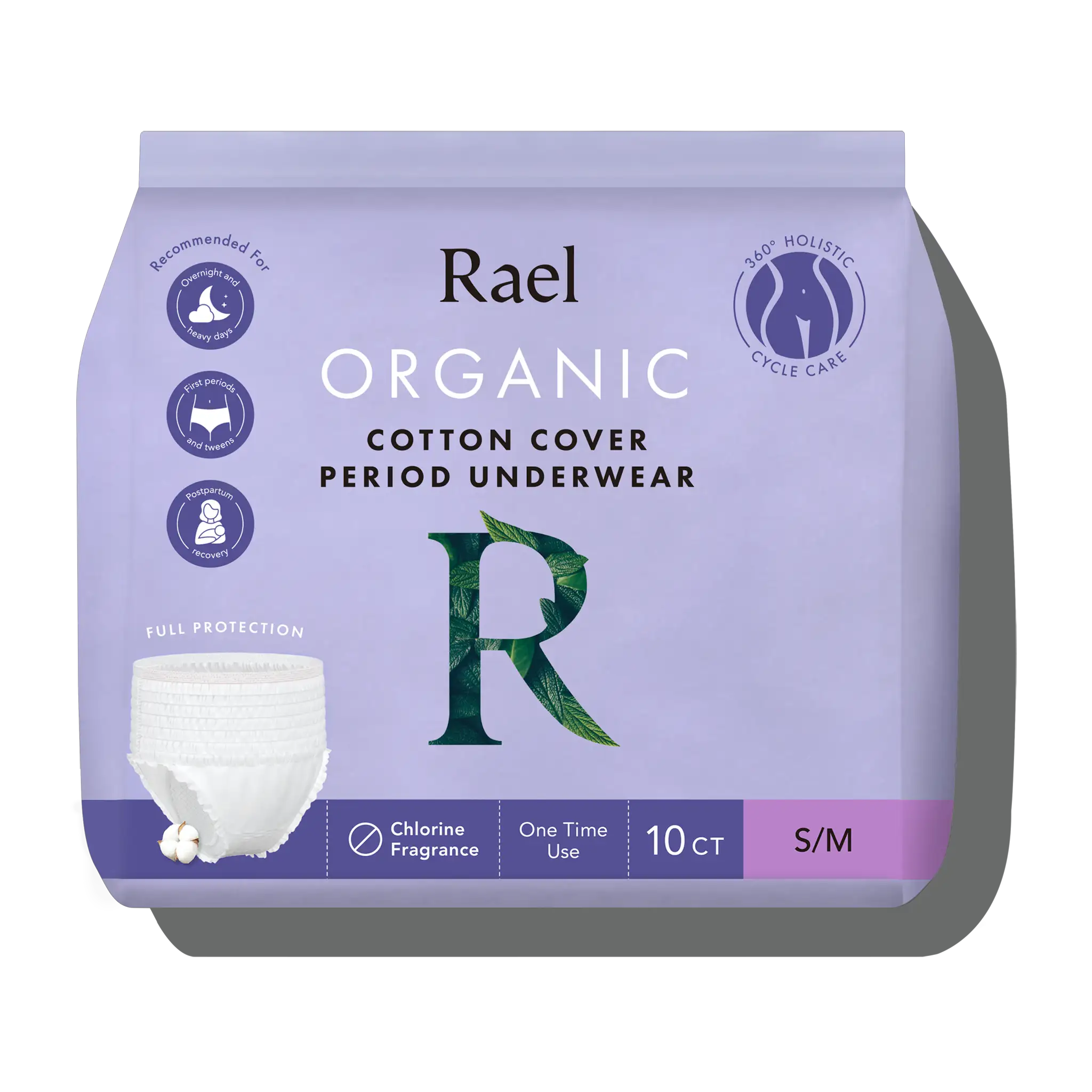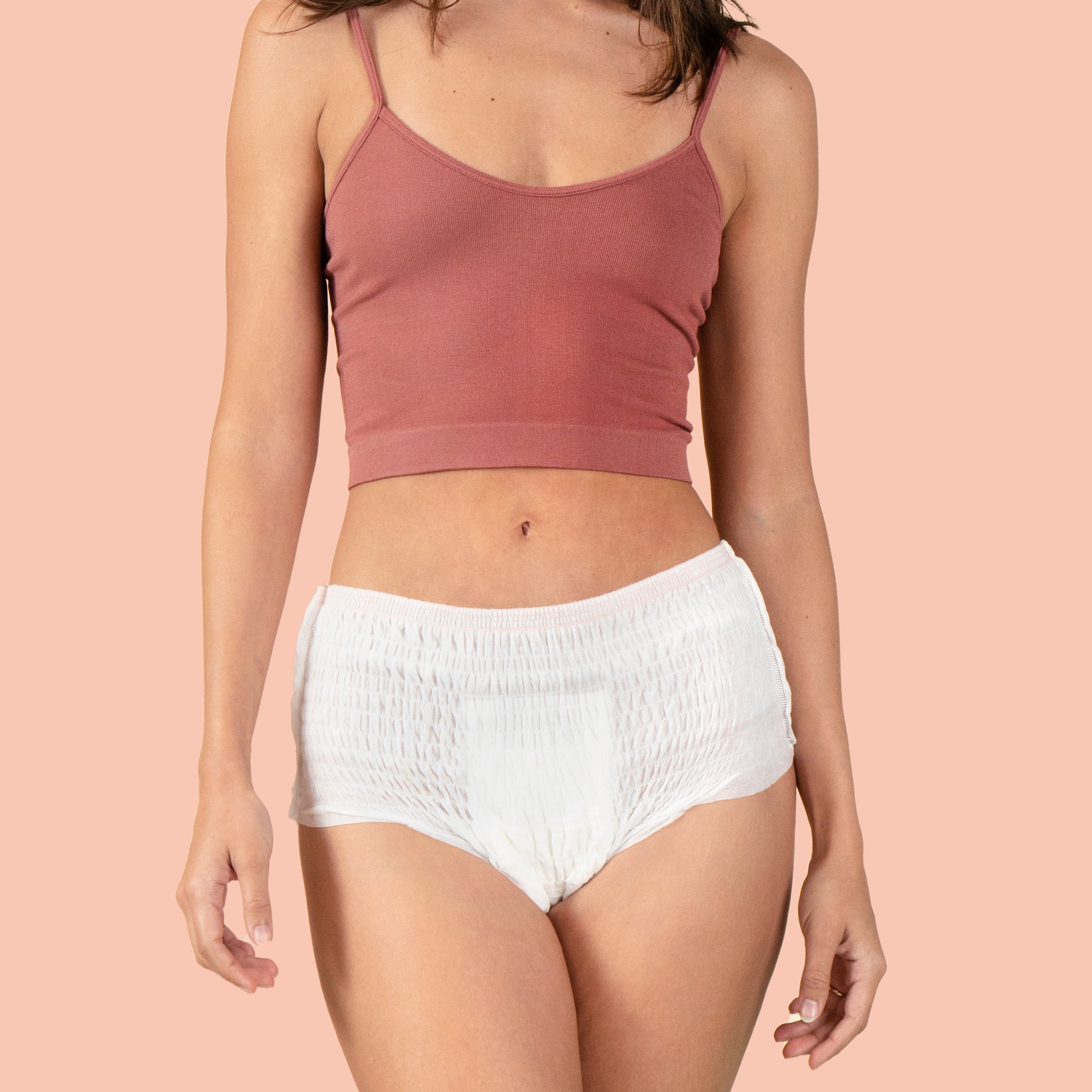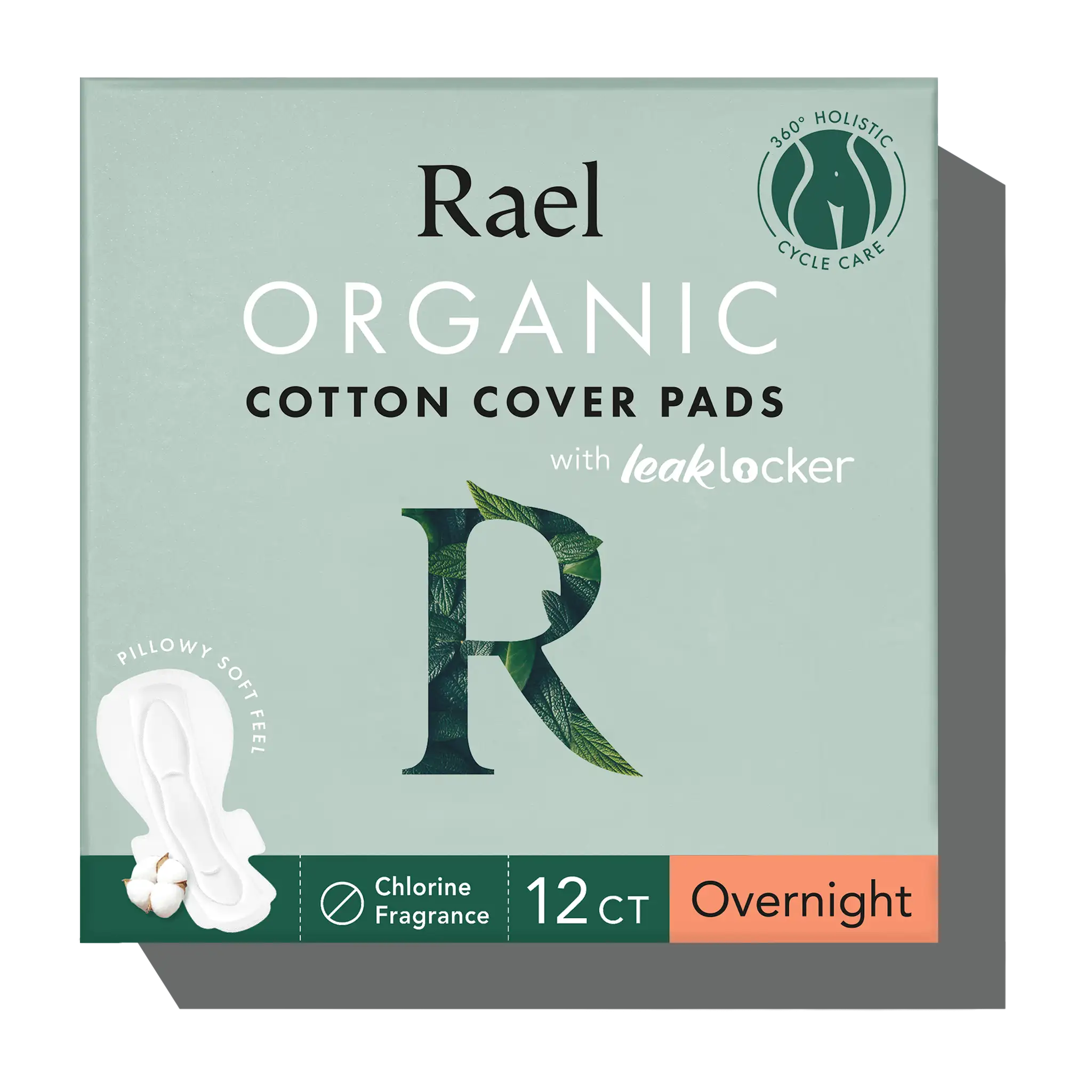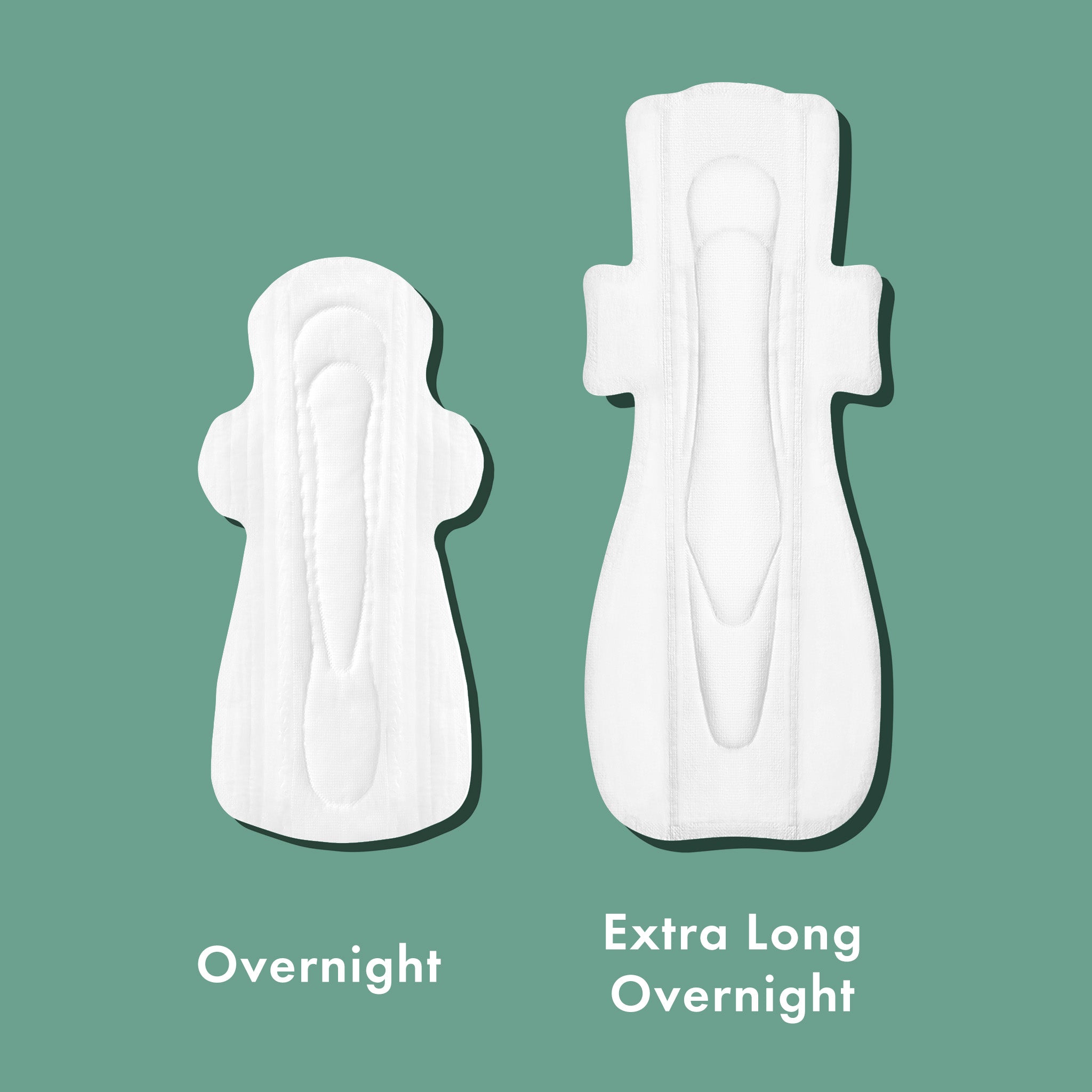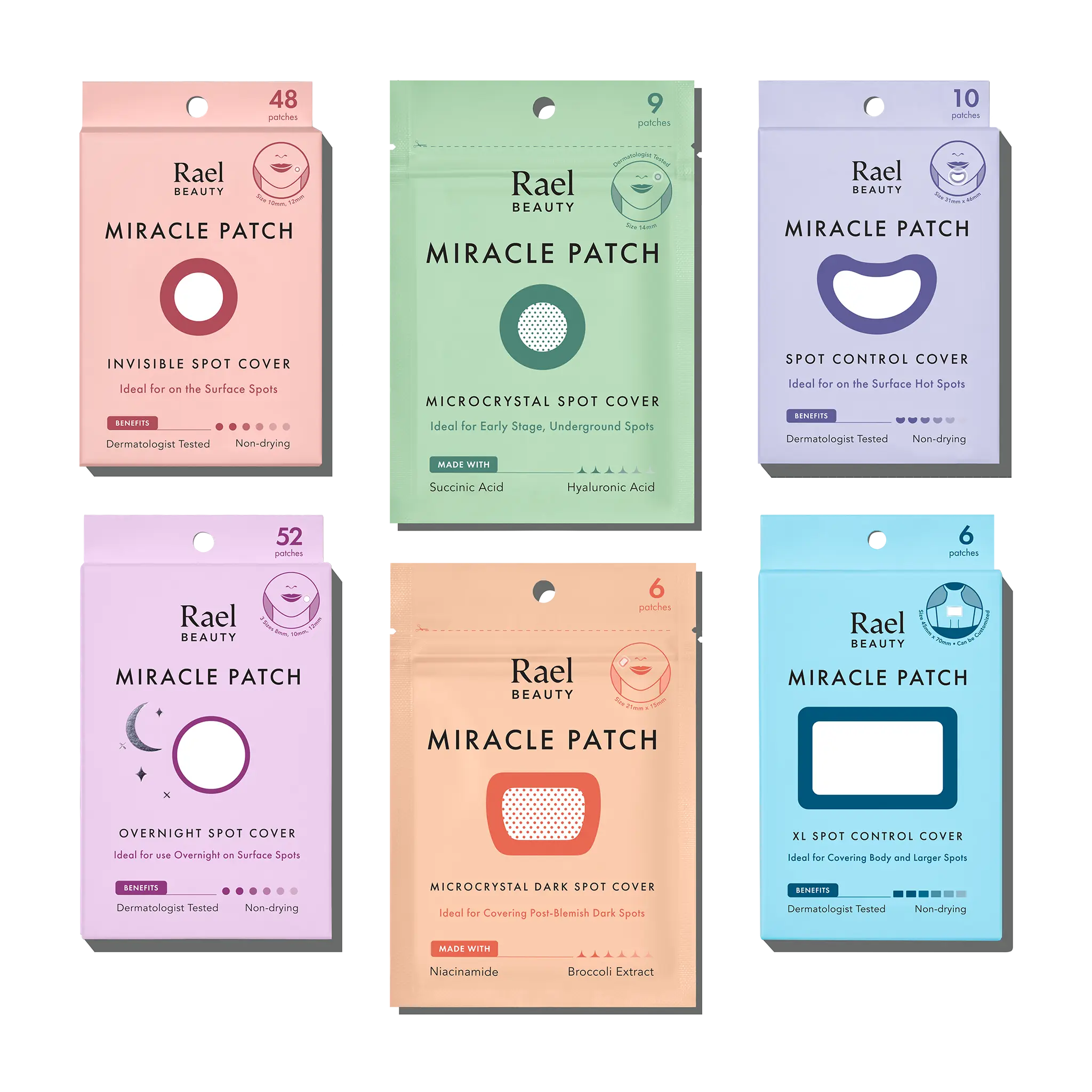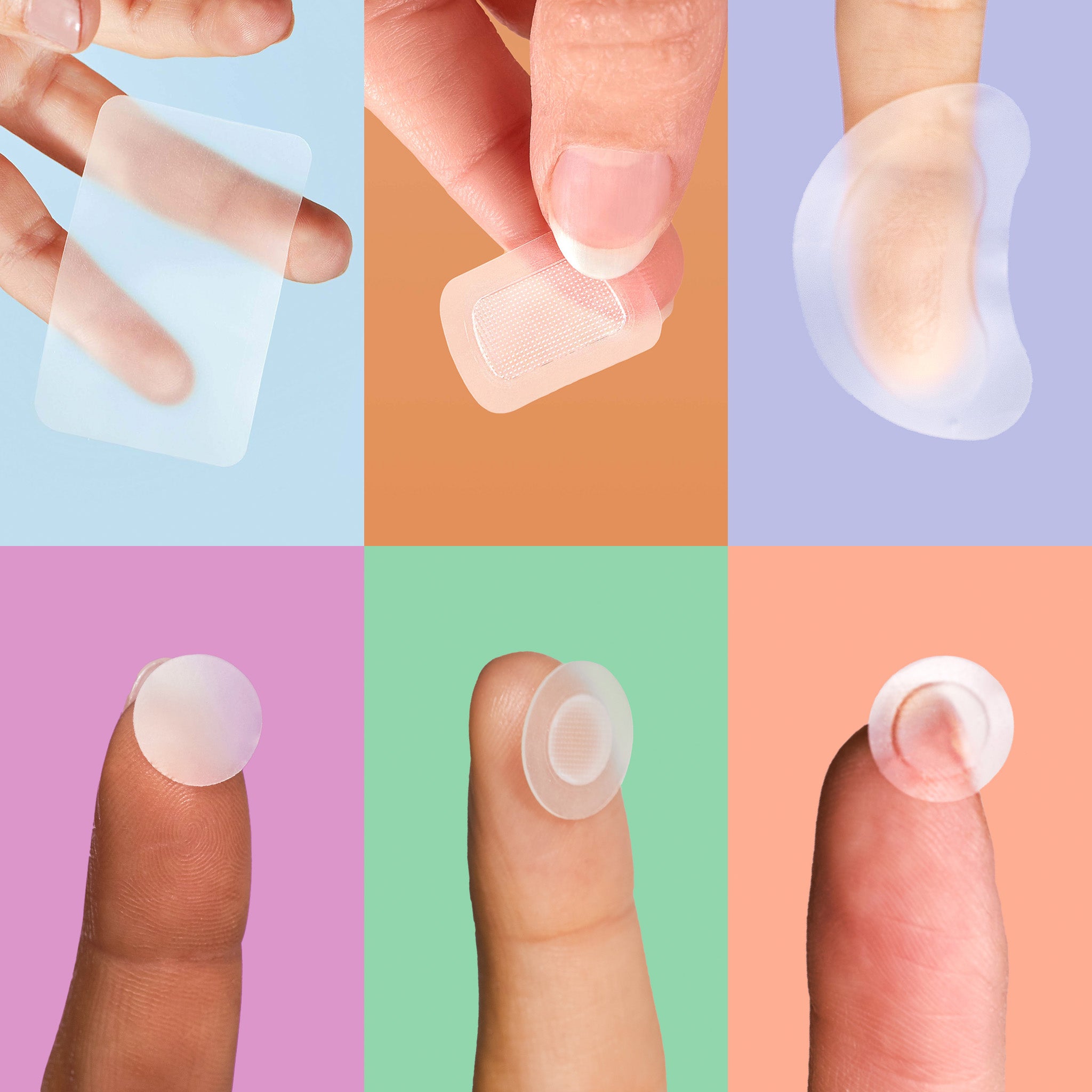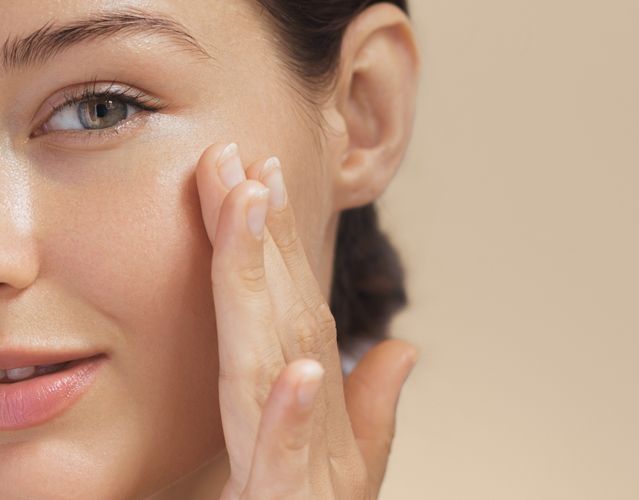While the terms "acne" and "pimples" are often used interchangeably, they are not quite the same thing. Understanding the difference between a pimple vs. acne is crucial for determining the appropriate treatment approach and achieving clear, healthy skin.
What is a Pimple?
A pimple, also known as a zit, acne blemish, or acne lesion, is a single clogged pore or hair follicle that has become inflamed. Pimples can appear as blackheads, whiteheads, or red, swollen bumps, and are often considered a milder form of acne. There are different types of pimples, such as a nodule or cyst pimple [1].
The different stages of a pimple are typically caused by a combination of excess oil (sebum) production, dead skin cells accumulating in the pore, and the presence of acne-causing bacteria, such as Cutibacterium acnes (C. acnes) or Propionibacterium acnes (P. acnes) [2].
What is Acne?
Acne, on the other hand, is a chronic skin condition characterized by the presence of multiple pimples, as well as other types of acne lesions, such as nodules, cysts, and papules. Acne vulgaris, the most common form of acne, can range from mild to severe and can affect individuals of all ages, though it is most prevalent during adolescence [3].
Acne is caused by a combination of factors, including hormonal changes, excess oil production, irregular skin cell shedding, and bacterial overgrowth [4]. It can also be influenced by genetics, diet, stress levels, and certain medications [3].
Key Differences Between Pimples and Acne
Causes and Development
While both pimples and acne involve clogged pores and inflammation, their causes and development differ slightly:
- Pimples: Typically caused by a single clogged pore or hair follicle, often due to excess oil, dead skin cells, and bacteria.
- Acne: A chronic skin condition caused by a combination of factors, including hormonal imbalances, excess oil production, irregular skin cell shedding, and bacterial overgrowth.
Additionally, acne can lead to more severe lesions, such as nodules, cysts, and papules, while pimples are usually isolated and less severe.
Treatment Approaches
The treatment approach for pimples and acne may overlap in some cases, but there are distinct differences:
- Pimples: Can often be treated with over-the-counter topical treatments, such as benzoyl peroxide, salicylic acid, or pimple patches like Rael's Miracle Patch.
- Acne: May require a combination of topical treatments, oral medications (like antibiotics or isotretinoin), and lifestyle changes, depending on the severity and underlying causes.
In severe cases of acne, professional treatment from a dermatologist may be necessary. You can also look at holistic treatments like our products for acne-prone skin that are formulated for sensitive skin. Additionally, we believe that cycle syncing your skin care can help prevent hormonal acne from worsening so you can look and feel your best all period long.
6 Factors that Contribute to Breakouts
Both pimples and acne can be influenced by various internal and external factors, including:
- Hormonal changes: Fluctuations in hormones, such as during puberty, menstrual cycles, pregnancy, or certain medical conditions, can increase oil production and contribute to acne breakouts.
- Diet: A diet high in processed foods, dairy, and foods with a high glycemic index has been linked to increased acne severity.
- Stress: High levels of stress can trigger hormonal imbalances and inflammation, exacerbating both pimples and inflammatory acne.
- Medications: Certain medications, such as corticosteroids or anabolic steroids, can cause or worsen acne.
- Genetics: Some individuals may be genetically predisposed to developing acne or having more active oil glands.
- Skincare products: Using comedogenic (pore-clogging) skincare products or failing to properly remove makeup and dirt can contribute to clogged pores and breakouts [5].
How to Treat Pimples and Acne
For isolated pimples, the following treatments can be effective:
- Succinic acid: When you use succinic acid for acne, you can gently exfoliate and disinfect your skin. It’s also incredibly hydrating, which is why it’s included in our skin care products.
- Pimple patches: Hydrocolloid patches, like Rael's Miracle Clear Patch, can help protect pimples, absorb fluid, and promote healing while preventing further irritation. If you’re wondering, “Do pimple patches work on cysts or acne?” it can suck all of the gunk that comes to a head, sending you on the road to skin recovery.
- Cold compresses: Applying a cold compress to a pimple can help reduce inflammation and swelling. Make sure the compress is clean and disinfected as well.
When it comes to managing pimples and acne, a consistent and tailored skincare routine is crucial. For isolated pimples, spot treatments like Rael's Miracle Clear Soothing Spot Gel can help soothe and calm inflamed blemishes with its blend of centella asiatica and tea tree oil.
For cases of more persistent or severe acne, it's important to consult a healthcare provider or dermatologist for professional acne treatment options. They may recommend prescription medications like topical retinoids, oral antibiotics, hormonal therapy, or even isotretinoin (Accutane) for severe, treatment-resistant acne. However, we’re here to teach you how to balance hormones naturally and effectively.
Incorporating clean skin care products like Rael's Miracle Clear line can also be beneficial when addressing acne-prone skin. The Miracle Clear Exfoliating Cleanser contains salicylic acid and lactic acid to help unclog pores and promote cell turnover, while the Miracle Clear Complete Acne Serum combines salicylic acid, niacinamide, and cica extract to control excess oil and promote a clearer complexion.
For those with acne-prone skin, it's essential to use a gentle, non-comedogenic moisturizer like Rael's Miracle Clear Barrier Cream. Formulated with ceramides and hyaluronic acid, it helps strengthen the skin's barrier while providing hydration without clogging pores.
Consistency and patience are key when managing acne, as it can take several weeks or even months to see significant improvement. Remember, if your pimples or acne persist or worsen, don't hesitate to consult a dermatologist for personalized guidance and treatment options.
Preventive Measures and Skin Care Tips
While pimples and acne can be stubborn, maintaining a consistent skincare routine and making lifestyle adjustments can help prevent and manage breakouts.
Daily Skin Care Regimen
When tackling pimples versus acne, a tailored skin care set or approach is essential for achieving clear, healthy skin. Here are some tips for an effective daily regimen:
For Pimples:
- Cleanse: Opt for a gentle, non-foaming cleanser with ingredients like tea tree oil or green tea extract to help combat acne-causing bacteria without over-drying the skin.
- Exfoliate: Use a soft washcloth or liquid exfoilator 2-3 times a week to slough off dead skin cells and prevent clogged pores.
- Treat: Spot treat pimples with a targeted treatment like a hydrocolloid patch or a dab of salicylic acid gel to dry them out and promote healing.
- Moisturize: Look for a lightweight, non-comedogenic moisturizer with soothing ingredients like aloe vera or centella asiatica to hydrate without clogging pores.
For Acne:
- Cleanse: Use a medicated cleanser containing salicylic acid or benzoyl peroxide to help unclog pores and reduce bacteria.
- Exfoliate: Incorporate a chemical exfoliant like glycolic acid or lactic acid 2-3 times a week to slough off dead skin cells and promote cell turnover.
- Treat: Use a leave-on treatment containing ingredients like retinoids, azelaic acid, or sulfur to target existing acne lesions and prevent new ones from forming.
- Moisturize: Look for a non-comedogenic, oil-free moisturizer with ingredients like niacinamide or ceramides to hydrate without clogging pores.
- Mask: Once a week, use a clay or charcoal mask to help absorb excess oil and impurities from the skin.
For Both:
- Protect: Always use a broad-spectrum, non-comedogenic sunscreen to prevent further irritation and potential scarring from UV exposure.
- Be Consistent: Stick to your routine consistently, as it can take several weeks or even months to see significant improvement.
- Seek Professional Help: If your pimples or acne persist or worsen, don't hesitate to consult a dermatologist for professional guidance and treatment options.
In addition to these essential steps, individuals dealing with hormonal acne may find value in understanding their menstrual cycle and employing a technique known as cycle syncing. Cycle syncing involves adjusting skincare and lifestyle practices according to the hormonal fluctuations throughout the menstrual cycle. For instance, during the follicular phase (days 7-14), when estrogen levels rise, focusing on gentle exfoliation and hydration can be beneficial. In contrast, during the luteal phase (days 21-28), when progesterone dominates, incorporating calming and anti-inflammatory ingredients may help mitigate breakouts.
Recommended Products for Acne-Prone Skin
When it comes to managing acne-prone skin, finding the right combination of products can make all the difference. At Rael, we understand the struggles of breakouts and have curated a line of clean skin care solutions.
Our Miracle Clear Trio, consisting of an Exfoliating Cleanser, Complete Acne Serum, and Barrier Cream, provides a comprehensive approach to treating and preventing pimples and acne lesions. The cleanser gently exfoliates dead skin cells, while the serum targets excess oil and clogged pores. The moisturizer is essential to deliver hydration and barrier support to prevent future breakouts without clogging pores.
For those seeking a more convenient solution, our hydrocolloid Miracle Patches can be a game-changer. These acne patches protect pimples from further irritation while absorbing fluids and promoting healing overnight.
Maintaining a consistent routine is key, which is why we also offer skin care sets and sheet masks designed to complement your acne-fighting regimen. Our gentle, non-comedogenic formulas provide nourishment without clogging pores, ensuring your skin stays balanced and clear all cycle long.
Sources
- Zaenglein AL, Thiboutot DM. Acne vulgaris. In: Bolognia JL, Schaffer JV, Cerroni L, eds. Dermatology. 4th ed. Elsevier; 2018:chap 37. Accessed March 13, 2024.
- Dréno B, Pécastaings S, Corvec S, Veraldi S, Khammari A, Roques C. Cutibacterium acnes (Propionibacterium acnes) and acne vulgaris: a brief look at the latest updates. J Eur Acad Dermatol Venereol. 2018;32 Suppl 2:5-14. doi:10.1111/jdv.15043. Accessed March 13, 2024.
- Tan AU, Schlosser BJ, Paller AS. A review of diagnosis and treatment of acne in adult female patients. Int J Womens Dermatol. 2018;4(2):56-71. doi:10.1016/j.ijwd.2017.10.006. Accessed March 13, 2024.
- Zaenglein AL, Pathy AL, Schlosser BJ, et al. Guidelines of care for the management of acne vulgaris. J Am Acad Dermatol. 2016;74(5):945-973.e33. doi:10.1016/j.jaad.2015.12.037. Accessed March 13, 2024.
- National Institute of Arthritis and Musculoskeletal and Skin Diseases. Questions and answers about acne. https://www.niams.nih.gov/health-topics/acne. Accessed March 13, 2024.
